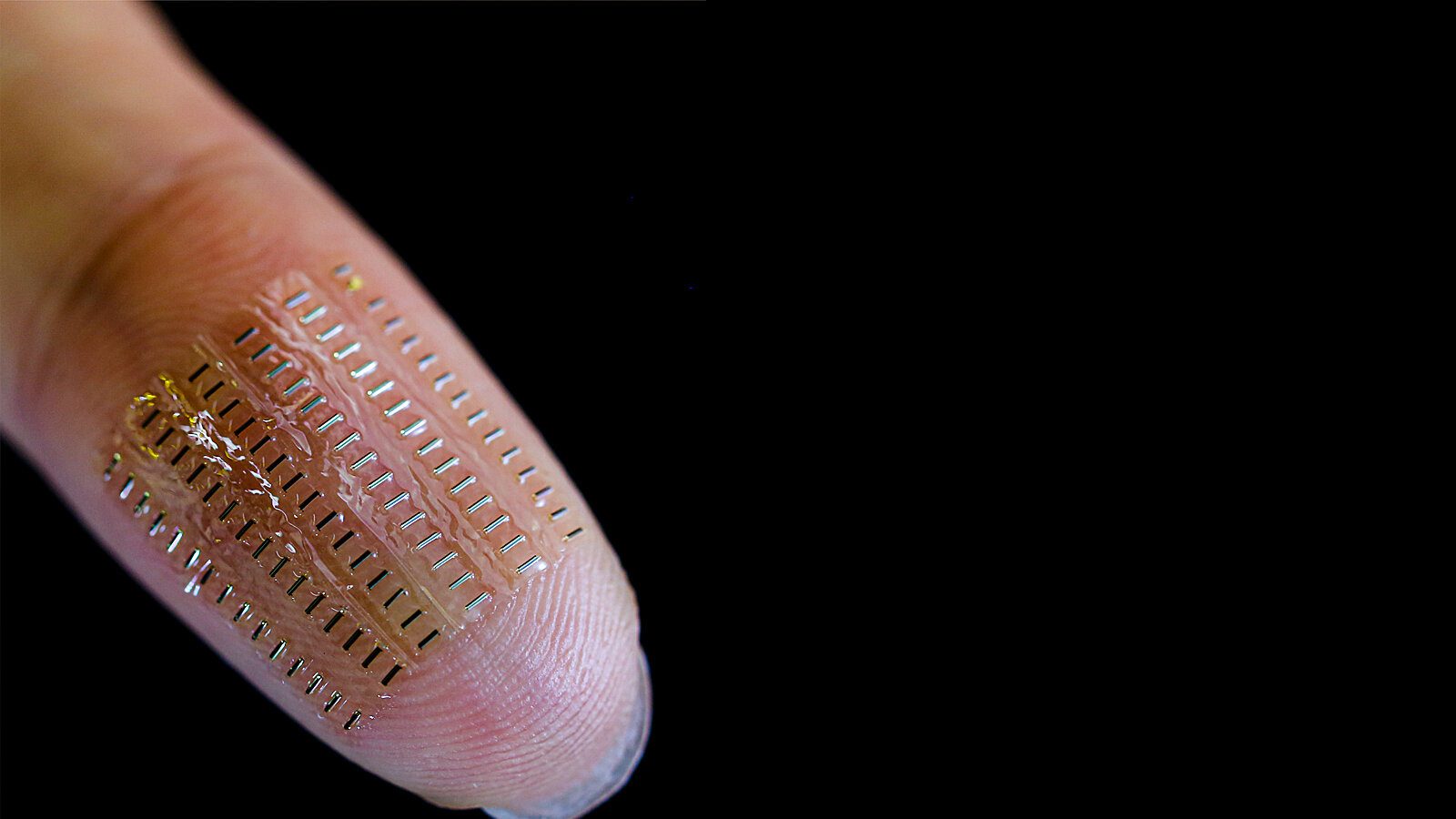
Using a humble piece of adhesive tape, the research team has devised technology that would effectively prevent the decryption of online activity
New steps towards quantum communications say ‘yes’. Researchers have taken the fight to online hackers with a giant leap towards realizing affordable, accessible quantum communications.
The team, from UTS and TMOS, an Australian Research Council Centre of Excellence, have devised technology that would effectively prevent the decryption of online activity. Everything from private social media messaging to banking could become more secure due to new technology created with a humble piece of adhesive tape.
Quantum communication is still in its early development and is currently feasible only in very limited fields due to the costs associated with fabricating the required devices. The TMOS researches have developed new technology that integrates quantum sources and waveguides on chip in a manner that is both affordable and scalable, paving the way for future everyday use.
The development of fully functional quantum communication technologies has previously been hampered by the lack of reliable quantum light sources that can encode and transmit the information.
In a paper published today in ACS Photonics, the team describes a new platform to generate these quantum emitters based on hexagonal boron nitride, also known as white graphene. Where current quantum emitters are created using complex methods in expensive clean rooms, these new quantum emitters can be created using $20 worth of white graphene pressed on to a piece of adhesive tape.
We hope that with this new development, quantum communications will become an everyday technology that improves people’s lives in new and exciting ways.
Chi Li, lead author
These 2D materials can be pressed onto a sticky surface such as the adhesive tape and exfoliated, which is essentially peeling off the top layer to create a flex. Multiple layers of this flex can then be assembled in a Lego-like style, offering a new bottom up approach as a substitute for 3D systems.
TMOS Chief Investigator Igor Aharonovich said: “2D materials, like hexagonal boron nitride, are emerging materials for integrated quantum photonics, and are poised to impact the way we design and engineer future optical components for secured communication.”
In addition to this evolution in photon sources, the team has developed a high efficiency on-chip waveguide, a vital component for on-chip optical processing.
Lead author Chi Li said: “Low signal levels have been a significant barrier preventing quantum communications from evolving into practical, workable models. We hope that with this new development, quantum communications will become an everyday technology that improves people’s lives in new and exciting ways.”
Original Article: Can a piece of sticky tape stop a computer hacker?
More from: University of Technology Sydney
The Latest Updates from Bing News & Google News
Go deeper with Bing News on:
Quantum communication
- Chinese and Finnish team finds way to tune out the noise in quantum transferson May 9, 2024 at 6:02 am
Experiment opens ‘intriguing pathways’ for future research, with possible implications for computing or communications.
- Arqit warns CISOs why they must act now to secure their data ready for the post-quantum worldon May 9, 2024 at 5:44 am
Failure to do so could result in a catastrophic breach of data privacy, threatening the secrecy of sensitive and classified information. Further details may be found in the IDC Analysts Brief: ...
- NATO and quantum computing are part of the cybersecurity agenda for IBM Consultingon May 8, 2024 at 5:50 pm
IBM collaborates with NATO to fortify cybersecurity. Enhancing security visibility management across NATO networks, IBM builds a customized solution.
- Swiss startup unveils post-quantum cryptography library for devson May 8, 2024 at 5:00 am
Swiss startup Terra Quantum has released an open-source repository for quantum-resistant encryption algorithms.
- Quantum teleportation takes big leap forward in new experimenton May 7, 2024 at 3:36 pm
Quantum teleportation, a fundamental concept in the realm of quantum physics, has recently taken a significant leap forward.
Go deeper with Google Headlines on:
Quantum communication
[google_news title=”” keyword=”quantum communication” num_posts=”5″ blurb_length=”0″ show_thumb=”left”]
Go deeper with Bing News on:
Quantum emitters
- Development of ultra-high-efficiency pure red light-emitting devices with enhanced color representationon May 8, 2024 at 6:38 am
Perovskite emitters, commonly used in solar cells and light-emitting ... Professor Jiwoong Yang from DGIST stated, "By selectively modifying the surface of perovskite quantum dots, we improved their ...
- Ex CSIRO boss would pick different ‘winners’ in $1b quantum pushon May 7, 2024 at 11:11 pm
Larry Marshall, former CEO of CSIRO, says taxpayer money should be targeted at points in the quantum computing supply chain, not the finished product.
- Groundbreaking Research on Photon Antibunching Using the Anti-Jaynes-Cummings Modelon May 3, 2024 at 2:59 am
This study delves into the phenomenon of dissipation-induced photon blockade within the anti-Jaynes–Cummings (anti-JC) model, offering insights into its potential for generating single-photon sources ...
- Single-Photon Emitters: The Ultimate Quantum Light Sourceson May 2, 2024 at 9:01 pm
Symbolically shown: the emission of two single photons at locations defined for this purpose by the process. In the background: An electron beam creates holes in the lithographic mask made of acrylate ...
- Tokyo Tech Unveils Lead-Vacancy Centers in Diamond as Foundations for Large-Scale Quantum Networkson May 2, 2024 at 4:42 am
A lead-vacancy (PbV) center in diamond has been developed as a quantum emitter for large-scale quantum networks by researchers from Tokyo Tech. This innovative color center exhibits a sharp zero-phono ...
Go deeper with Google Headlines on:
Quantum emitters
[google_news title=”” keyword=”quantum emitters” num_posts=”5″ blurb_length=”0″ show_thumb=”left”]










